Make her real
The underrepresentation of women in LGBTQ+ media

Lesbian relationships are often oversexualized, showing unreal depictions in order to please male audiences.
With the release of movies such as Love, Simon and Alex Strangelove, members of the LGBTQ+ community are feeling more seen than ever as their representation in the media rapidly increases.
“I personally adore the stories like Love, Simon because they are representations of people like me,” said Juan Diego Chaparro, a St. Francis High School junior. “I get a sense of understanding, that people are willing to understand. The LGBTQ+ community isn’t as foreign as people think and I think representation shows that.”
The representation of the LGBTQ+ community is amazing and has come a long way, but there are still problems. Although the wonderful men of the gay community are getting their turn in the spotlight, women members of the LGBTQ+ community are rarely represented realistically, if represented at all.
“Gay representation is amazing, and I’m so glad it is happening,” a seventeen year old student at Clark Magnet High School who wished to remain anonymous. “But being a lesbian and trying to find someone like you in the media is impossible. I only can relate to guy characters and that’s fine because I’ve been doing that since I was little. But with the release of a realistic gay love stories in popular movies like Call Me By Your Name, now I want to have a realistic love story between two girls, not an oversexualized fantasy for guys to get excited about or a lesbian relationship between minor characters. I want something I can relate to.”
New releases for female representation in the LGBTQ+ community are often fetishized, hoping to appeal to a vast audience of the LGBTQ+ community and everyone else who finds those oversexualized relationships tantalizing.

Realistic lesbian relationships don’t look like those depicted in the media, those in the media show unrealistic and hypersexualized versions of these relationships, making those members of the LGBTQ+ community feel underrepresented and left out.
In an article for Advocate, Mary Grace Lewis blames the oversexualization of lesbian characters on the villinazation of the word, “lesbian” in media. “The result is two lesbian stereotypes becoming visible in movies and television,” Lewis wrote. “That of the oversexualized, two-dimensional woman who serves only to satisfy some pornographic fantasy of a straight man, and that of a bland, largely disinteresting woman who serves just as hollow a purpose…And this is when lesbians are visible in the media at all.”
The women of the LGBTQ+ community aren’t getting enough representation, and when they do, it is not realistic and serves the fantasies of men instead of the women’s wishes for a character to relate to. The movie industry has catered to the needs of the men in the LGBTQ+ community, but it needs to shed some light on those women in a realistic and appropriate way.
Love, Simon was one of the biggest movies of the year. According to Box Office Mojo, it grossed $40.8 million in the United States alone. This movie did not oversexualize the protagonist’s relationship and showed one innocent kiss between the two male leads throughout the entire film.
In contrast, the new Hulu show, The Bisexual, is completely filled with graphic sex scenes. The Hollywood Reporter wrote that “despite being plentiful…sex is almost irrelevant to the show.” Although it may seem irrelevant, it is what gets the show the superfluous amount of views from those who fantasize the relationships between women and fetishize their romance.
If Love, Simon can do it, other movies can as well. All the LGBTQ+ community is asking is for some more realistic queer female characters. “I want a softball playing, really dorky lesbian in the next released LGBT movie,” a 17-year-old Pasadena High School student said. “Make her real please, media world.”
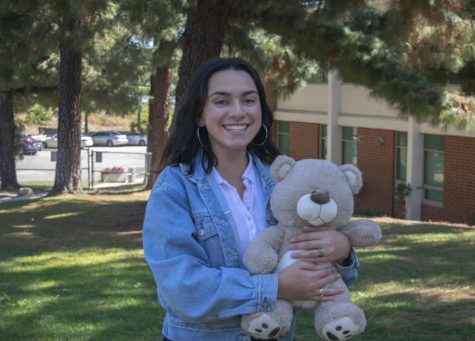
Hobbies/Interests: immigration, healthy lifestyle, dance, art, writing
Spirit animal: Butterfly
Places you want to travel to: Bora Bora, Greece,...




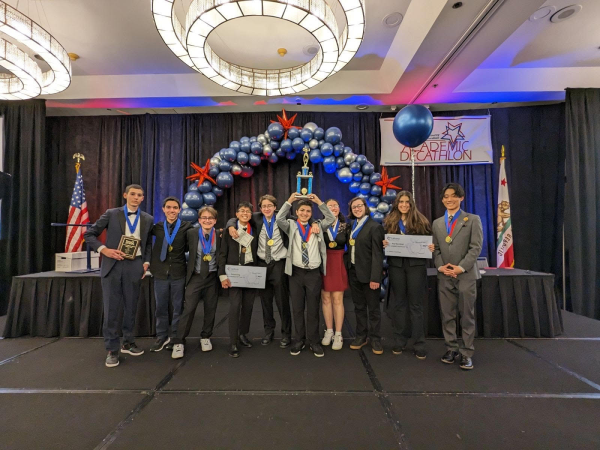

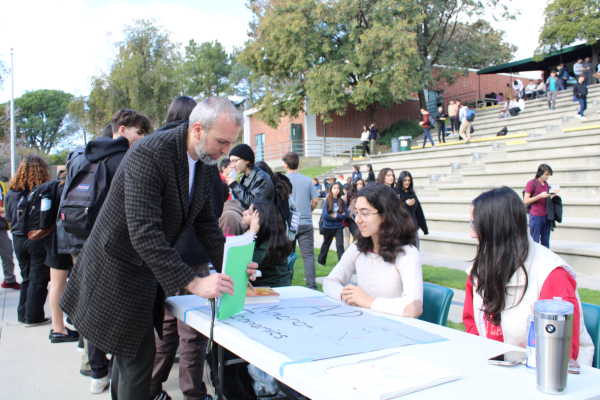


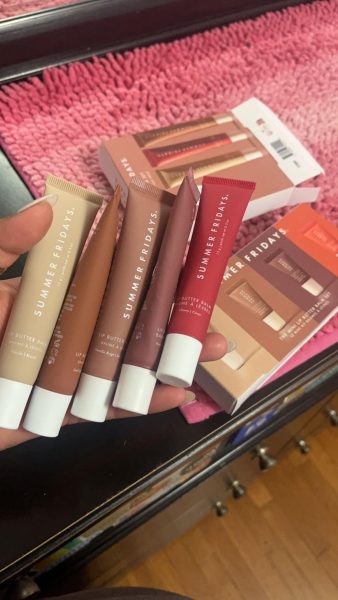
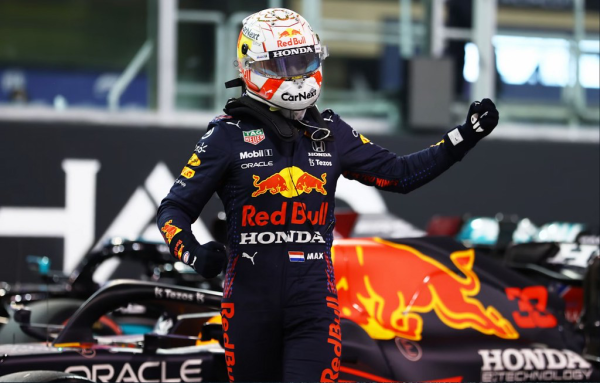

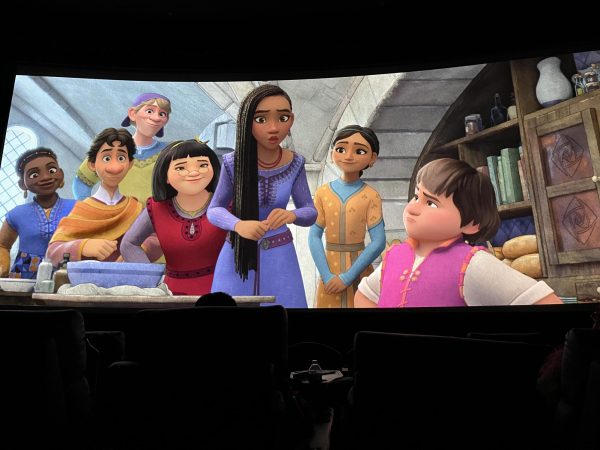
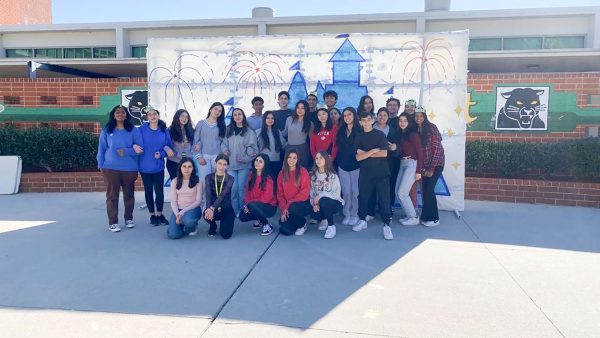

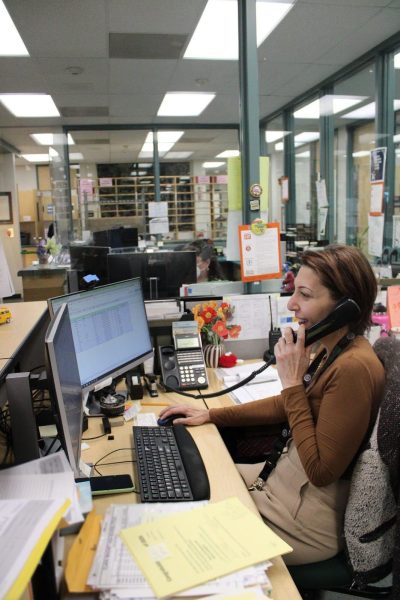

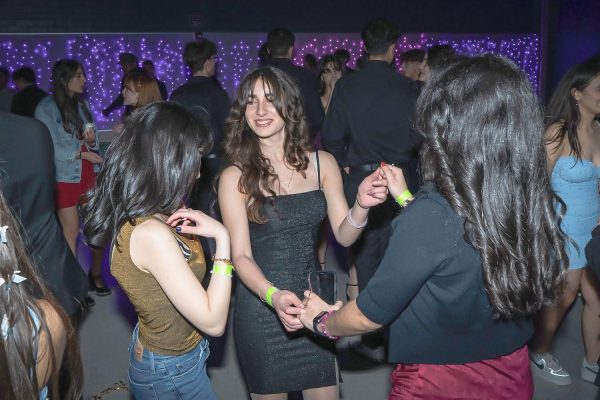
Jeffrey D Rogers • Jun 6, 2019 at 2:53 pm
Excellent point! The writer aptly points out a real trend and an acute need, which is all too easy for most of us to overlook. And she does it all in a clear, direct way that makes it pretty much inarguable–along with the quotes that give it a personal, emotional grounding in people’s lived experience.
I hope some media producers are out there listening. Representation matters, and as so many recent TV and movie successes have shown, it can score big at the box office and in the ratings, when there’s a neglected audience craving that chance to see themselves at last on screen.
Jenn • Jun 6, 2019 at 2:10 pm
This girl gets it. Great reporting.
Nancy Conyers • Jun 6, 2019 at 1:51 pm
This is spot on. Kudos to the writer. As a 67 year old lesbian I can attest that this gap has existed for a long, long time. It’s still a man’s world, even in the LGBTQ+ world, but thanks to this writer and the younger generation things are changing. Carry on and be fabulous and OUT! You give me hope.